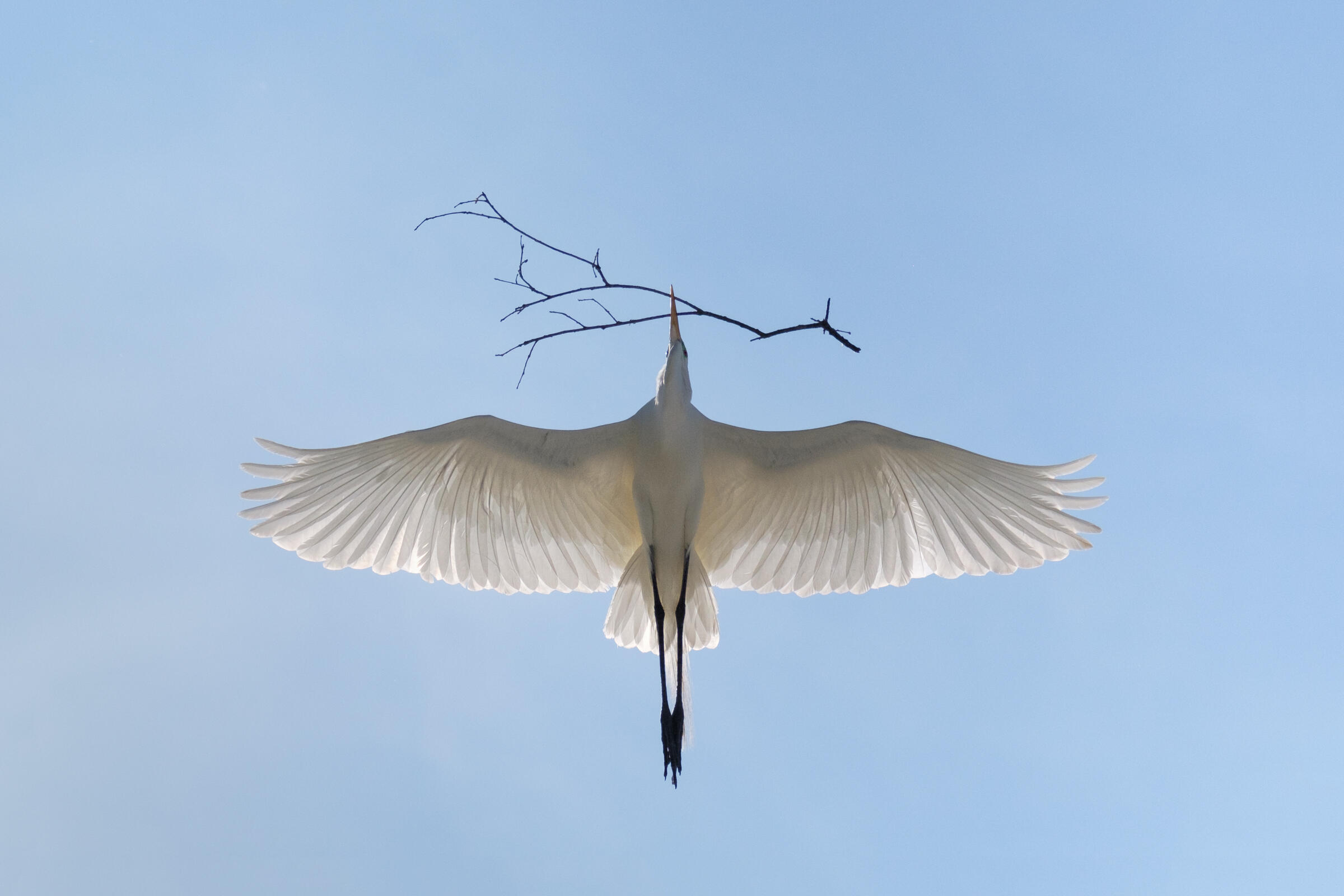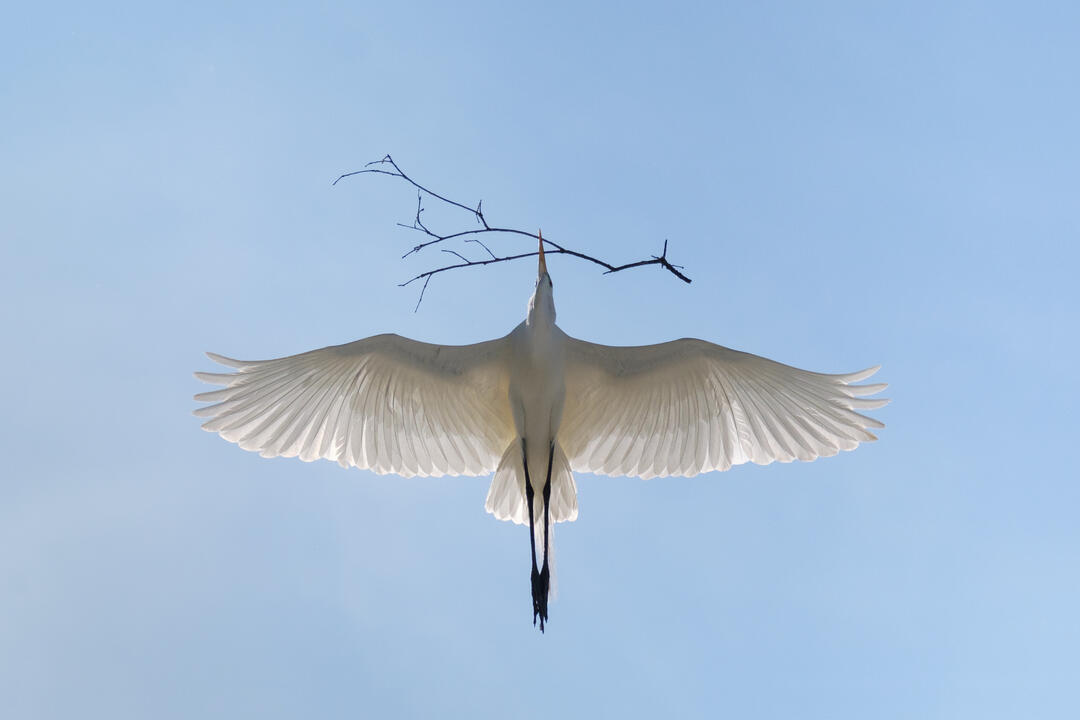With 2020 drawing to a close, our Audubon South Carolina team is already well into planning and preparation for the year ahead. But we’re also pausing to reflect on all we accomplished this year, in spite of unprecedented challenges.
As our invaluable supporters, we invite you to take a moment to learn a little more about how we're approaching our work here at Audubon South Carolina, as well as some of our greatest accomplishments of the past year.
Using Science to Guide Our Work
They say what gets measured gets managed, which is one reason Audubon South Carolina invests heavily in science and research. Whether it’s modeling to identify South Carolina’s most valuable habitat to restore and protect, conducting massive community science projects like the Christmas Bird Count and Great Backyard Bird Count to validate and refine our research, or bird banding work in support of National Audubon’s Migratory Bird Initiative, we’re using the power of science to better understand and meet the needs of South Carolina’s birds.
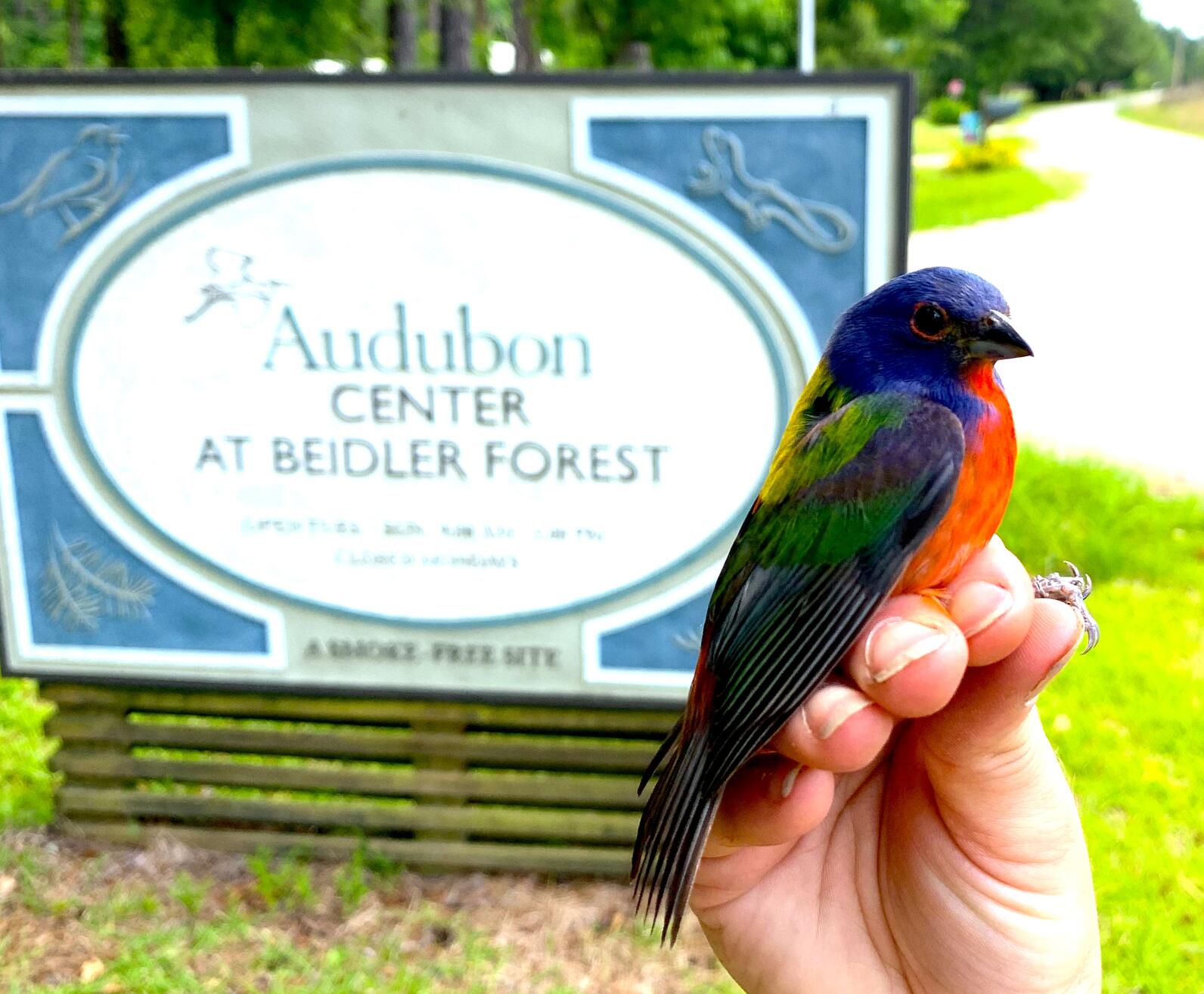
Program Highlight
In partnership with the South Carolina Department of Natural Resources, the National Park Service, South Carolina State Parks, Audubon Chapters and Bird-Friendly Communities – and thanks in part to generous support from the Duke Energy Foundation and Dominion Energy Charitable Foundation – we are making excellent progress on building a comprehensive network of Motus Wildlife Tracking towers across the state.
Using coordinated automated radio telemetry arrays, these towers allow us to study the movement of birds and other small animals and insects in real-time, without the time and expense required to place and recapture geolocator units. This results in a better understanding of the full life cycles of imperiled migratory bird species, using a cooperative scientific approach – while creating a pathway to engage and educate new communities in bird conservation efforts.
Through the collaborative network of towers, researchers have been able to follow Painted Bunting migration along the coast of South Carolina – giving us a better understanding of their seasonal movements and timing. The Audubon South Carolina network of towers has detected almost 200 tags from birds that all have their own incredible journey logged through this extensive project. We can’t wait to share details from the research with you!
Creating Communities Where Birds and People Thrive
With ever-increasing development pressures and an abundance of manicured lawns replacing what was once productive habitat for birds, Audubon’s Bird-Friendly Communities initiative aims to educate people on individual actions they can take to create vital habitat “life rafts” for our birds.
From keeping cats indoors and limiting window collisions, to eliminating exotic or invasive plant species in exchange for forage-rich, climate-adapted natives – simple actions, taken at scale, can add up to real conservation impacts for our birds, and offer meaningful benefits for people and communities, too!
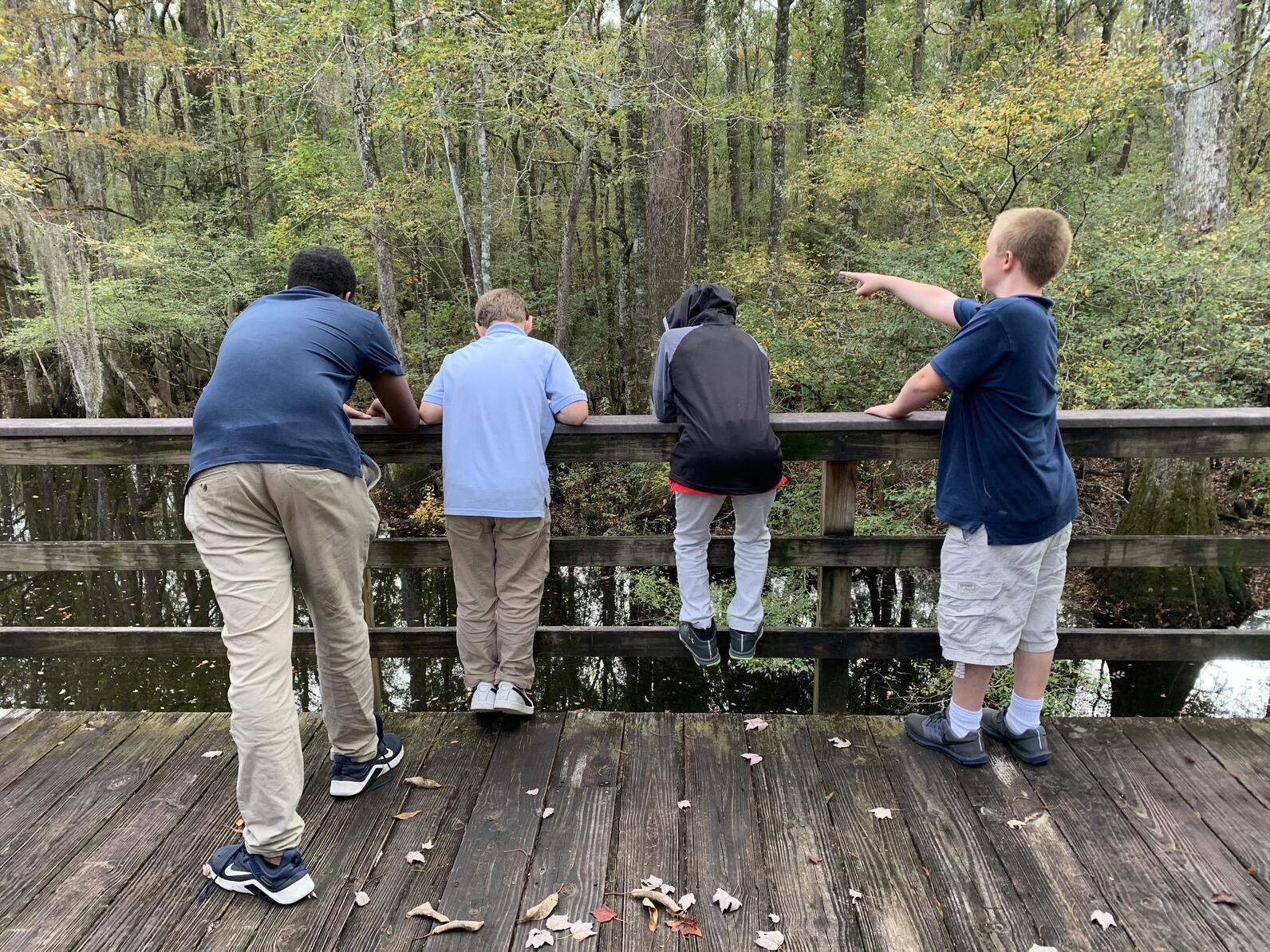
Program Highlight
With many people cooped up at home for much of the year and hungry for nature and the outdoors, Audubon acted quickly to transition its robust schedule of in-person educational programming and outdoor events to an online format.
From online Birding 101, Identifying Raptors of South Carolina, All About Vultures, and virtual birding events with local youth groups, to a virtual Storks & Corks event broadcasted live from Silver Bluff’s stork ponds to thousands of people across the US – we helped keep our members connected to birds and the outdoors from the comfort and safety of their homes in 2020. Even John Jay, our non-releasable Blue Jay and unofficial Audubon South Carolina mascot, joined in on the virtual programs!
Audubon South Carolina staff, volunteers and chapter members also got our hands dirty for some safe and socially-distant real-life projects, including:
- a Burke Foundation funded native plant project at Huntington Beach State Park’s newly rebuilt visitor center, installed with the help of the Waccamaw Audubon Chapter;
- a native plant installation at the South Carolina Governor’s Mansion, which highlights how to incorporate our state’s beautiful native species in a formal garden plan, completed thanks to the help of the Columbia Audubon Chapter;
- the addition of a working rain garden and related interpretive signage at the Silver Bluff Audubon Center, completed with the help of the Augusta-Aiken Audubon Chapter; and
- installation of floating wetland and native riparian buffer at the Winwood Farm Home for Children in Awendaw, thanks to the help of the amazing children themselves.
In early 2021, we’re looking forward to completing a similar project at the Cross School in Bluffton with the help of the Hilton Head Audubon Society.
Leading the Way on Bird and Climate-Friendly Forestry
With forest bird populations in decline, Audubon South Carolina is on a mission to educate landowners on forest management techniques that protect and shelter birds, reduce carbon emissions, and generate profits. Using our Silver Bluff and Beidler Forest Sanctuaries as demonstration sites, and working in partnership with nonprofit and government partners, Audubon South Carolina is on track to introduce more than 15,000 South Carolina landowners and land managers to bird and climate-friendly management methods and connect them with the resources they need to implement them.
We’re especially focused on the management of Longleaf Pine and bottomland hardwood, which are habitats of critical importance to dozens of vulnerable bird species and other wildlife, and ecosystems that help protect human communities from the effects of severe flooding. Our land protection work is made possible in part thanks to the generous support of foundations including National Fish and Wildlife Foundation, American Forest Foundation and Gaylord and Dorothy Donnelley Foundation.
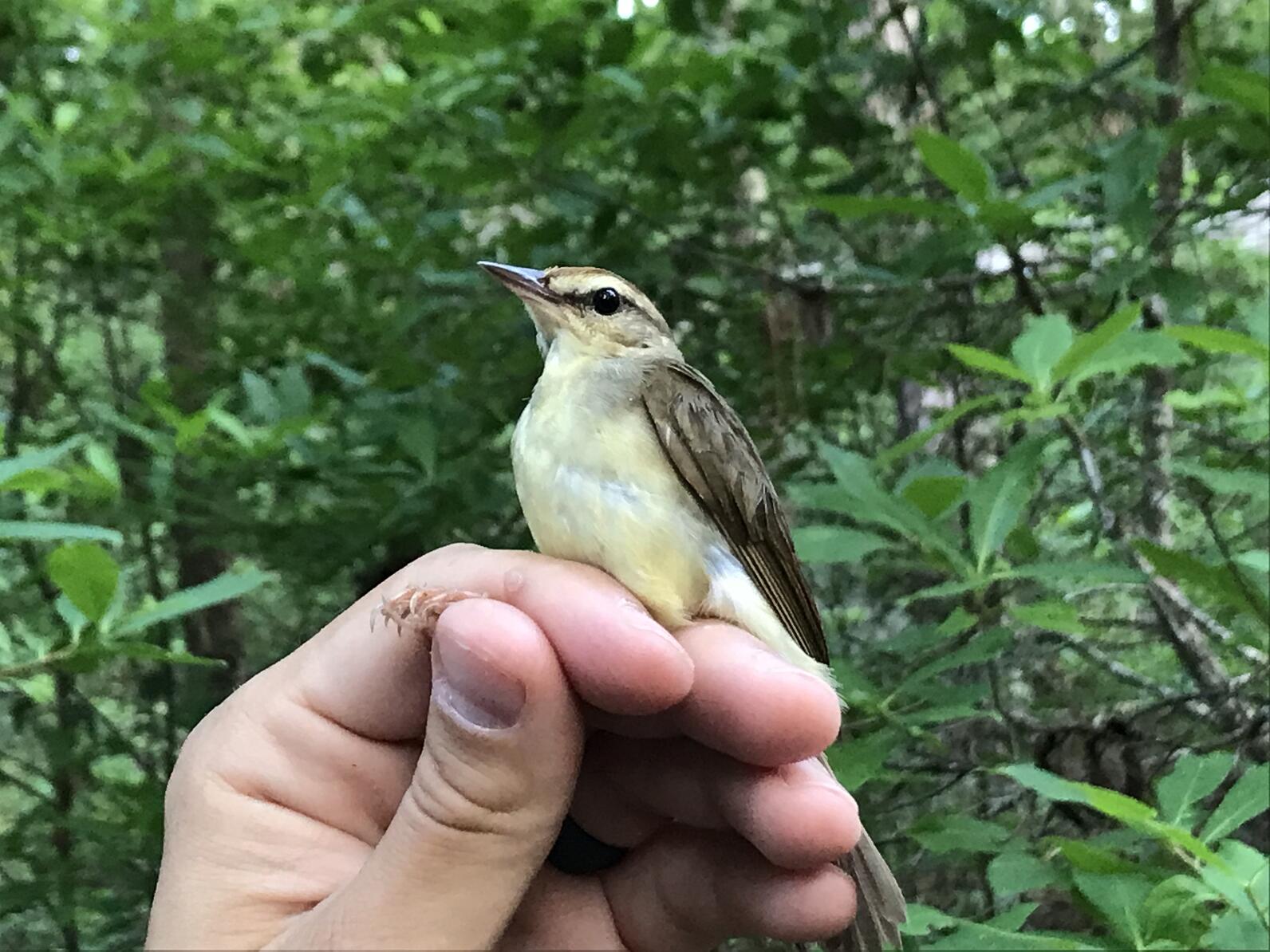
Program Highlight
Bottomland hardwoods and the riparian corridors they occur in represent vital habitat for many bird species, including the rarest and most secretive warbler that nest in the Carolinas: the Swainson’s Warbler. Nesting habitat suitable for the Swainson’s is only available where bottomland stands are actively regenerating following natural tree fall or timber harvesting. Unfortunately, in South Carolina, active management within bottomland hardwoods is too often a matter of clearcutting the stand to plant Loblolly Pine, which is unsuitable habitat for most birds, or doing nothing at all.
To address this issue, Audubon is developing and implementing timber harvesting techniques that improve the health and vigor of bottomland hardwood forests, provide a financial return on investment to landowners, and create vital habitat for Swainson’s Warblers and other bird species. In 2021, we will begin deploying geolocators and nanotags on Swainson’s to better gauge their population health and further improve our conservation planning.
Fighting for the Protection of Vulnerable Coastal Bird Species
Together with the help of public and private partners and dedicated volunteers, Audubon South Carolina is fighting to protect, restore and create suitable habitat for South Carolina’s coastal birds, which face myriad threats, from rising sea levels to rapid development.
Our efforts include:
- advocating for the use of natural infrastructure to increase the resilience of existing islands, marshes, and maritime forest habitat and the beneficial use of dredged material to create sustainable habitat, such as the restoration of the Crab Bank Seabird Sanctuary Island in Charleston Harbor planned for fall of 2021;
- public education and stewardship paired with the implementation of reasonable regulations to reduce human disturbance in areas where priority seabird and shorebird species still have a fighting chance; and
- securing and directing public and private funding to support conservation planning and projects that protect coastal birds and their most important land and food sources.
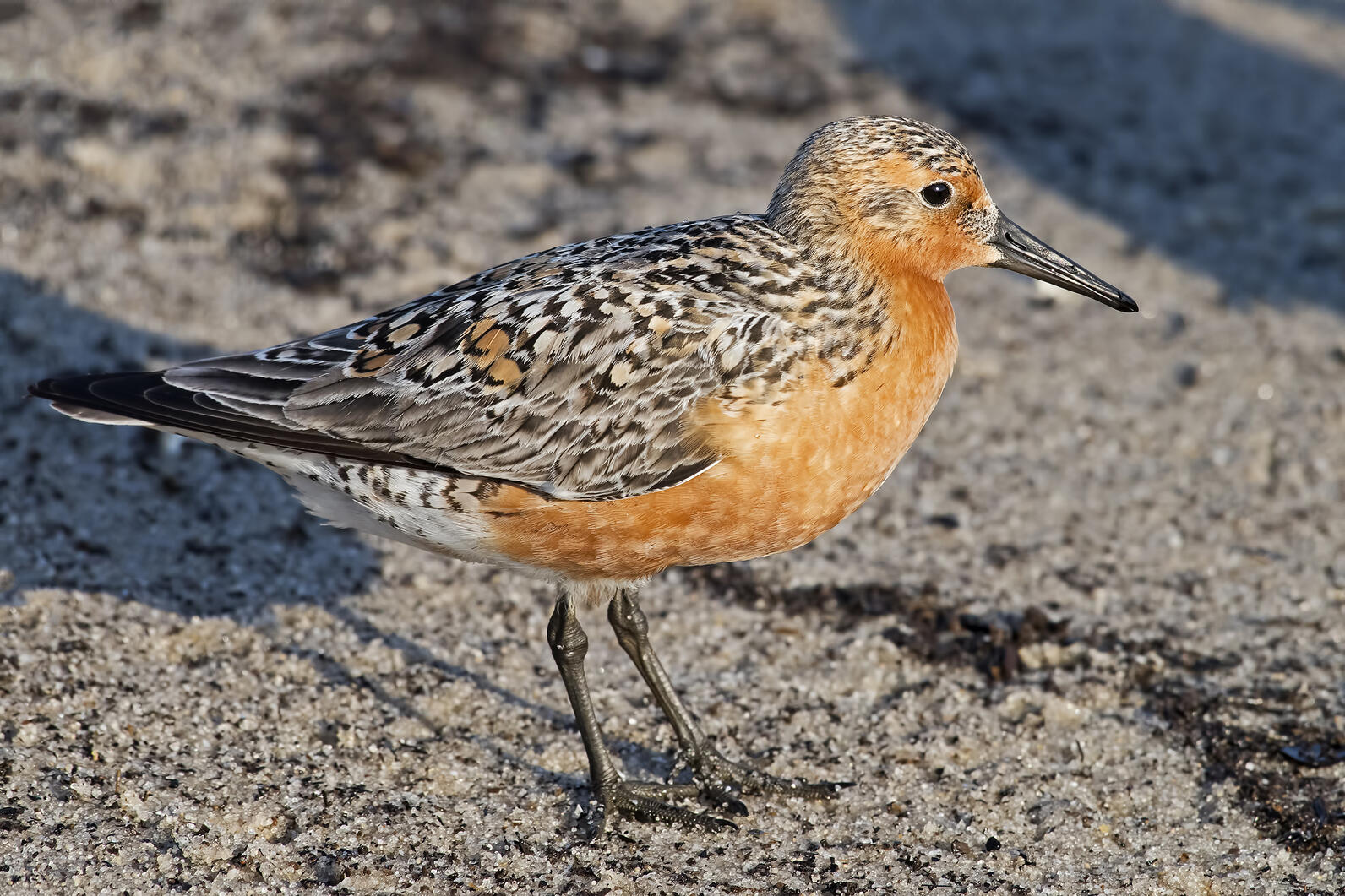
Program Highlight
Bay Point Island in Beaufort County represents vital habitat for myriad coastal bird species, including some that are federally and state-listed as threatened or endangered, such as Piping Plover, Red Knot, Least Tern and Wilson’s Plover. As an important fishing spot for members of the Gullah/Geechee nation for many decades, and a natural barrier from storms and flooding for nearby communities, this undisturbed barrier island is just as important for the protection of human life as it is for birds.
When a developer submitted a proposal to develop a resort on the island under a special use “eco-tourism” permit – and after careful review of the plans raised strong concerns about its compatibility with bird life on the island – leaders of the Hilton Head Audubon Society, in partnership with Audubon South Carolina and other local conservation groups, stepped up to oppose the development. Audubon South Carolina’s role was critical in maintaining a high standard for environmental review during the permitting process, and the outcome was a unanimous vote by the Beaufort County Zoning Board to deny the permit.
Connecting People to the Natural World and History at our Audubon Centers and Sanctuaries
Comprising 22,000 acres of vital habitat, Audubon South Carolina’s two nature centers and sanctuaries not only serve as habitat life-rafts for hundreds of bird species and other wildlife, but they also offer a place of respite and education for thousands of visitors of all ages and interests every year.
Located in Harleyville just outside of Charleston, the 18,000-acre Beidler Forest Audubon Center and Sanctuary’s old-growth, cypress-tupelo swamp and grasslands habitat support scientific research on Prothonotary Warblers, Painted Buntings, Purple Martins, Wood Thrush, and a number of other priority bird species.
Meanwhile, at the Silver Bluff Audubon Center and Sanctuary just outside of Aiken-Augusta, we are actively restoring Longleaf Pine forest and the diverse understory savanna habitat it supports through the harvesting and conversion of previously planted Loblolly Pine stands, large scale prescribed fire, and enhancement of existing Longleaf through mid-story vegetation control — work made possible thanks to partnerships with the Longleaf Alliance and the U.S. Department of Agriculture’s Natural Resources Conservation Service.
Among the most exciting news to come from this work is the recent installation of five artificial nest cavities for Red-cockaded Woodpeckers by volunteers from the U.S. Forest Service and Savannah River National Laboratory. Our hope is that these naturally dispersing birds, which frequent the site, will find the new cavities and stick around.
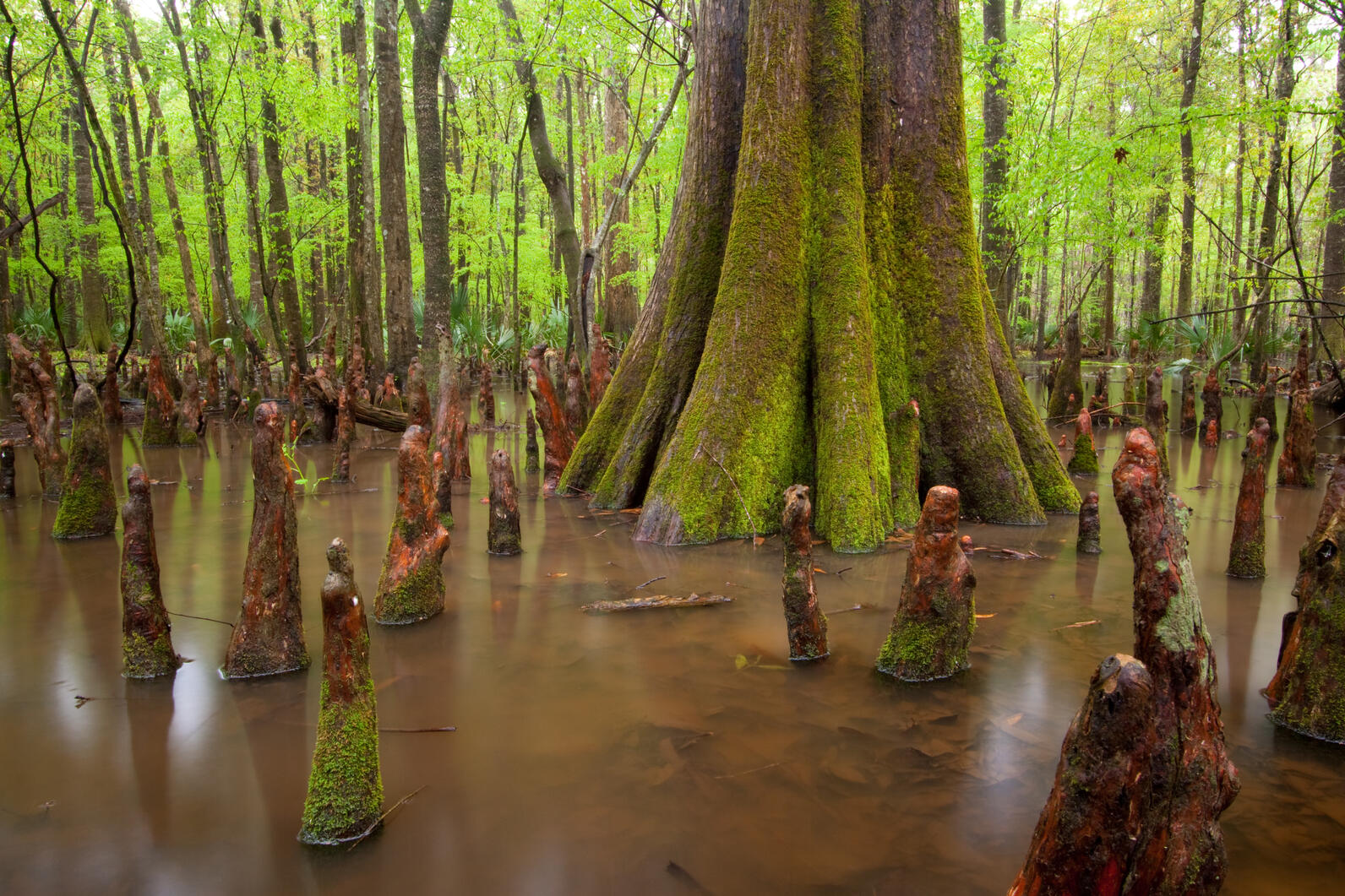
Program Highlight
Audubon South Carolina is committed to equitable, resilient, and healthy communities in which every member benefits from the joy and value of nature. Part of this commitment is recognizing and giving due respect and recognition to the enormous cultural and historical value of the land that Audubon South Carolina has been entrusted to steward. From the programs we offer to the interpretative signage that guides every visitors’ experience at our sanctuaries, Audubon is working to incorporate the stories of the land, and more importantly, the people to whom those stories belong, into every aspect of our work.
As part of these efforts, we’re pleased to share that our Beidler Forest Center and Sanctuary was recently designated by the National Park Service as an Underground Railroad Network to Freedom site. Audubon is proud to be recognized as part of this important national program, which – through its mission to honor, preserve and promote the history of resistance to enslavement through escape and flight – helps advance the idea that all human beings embrace the right to self-determination and freedom from oppression.
Scaling Our Impact Through Advocacy and Policy
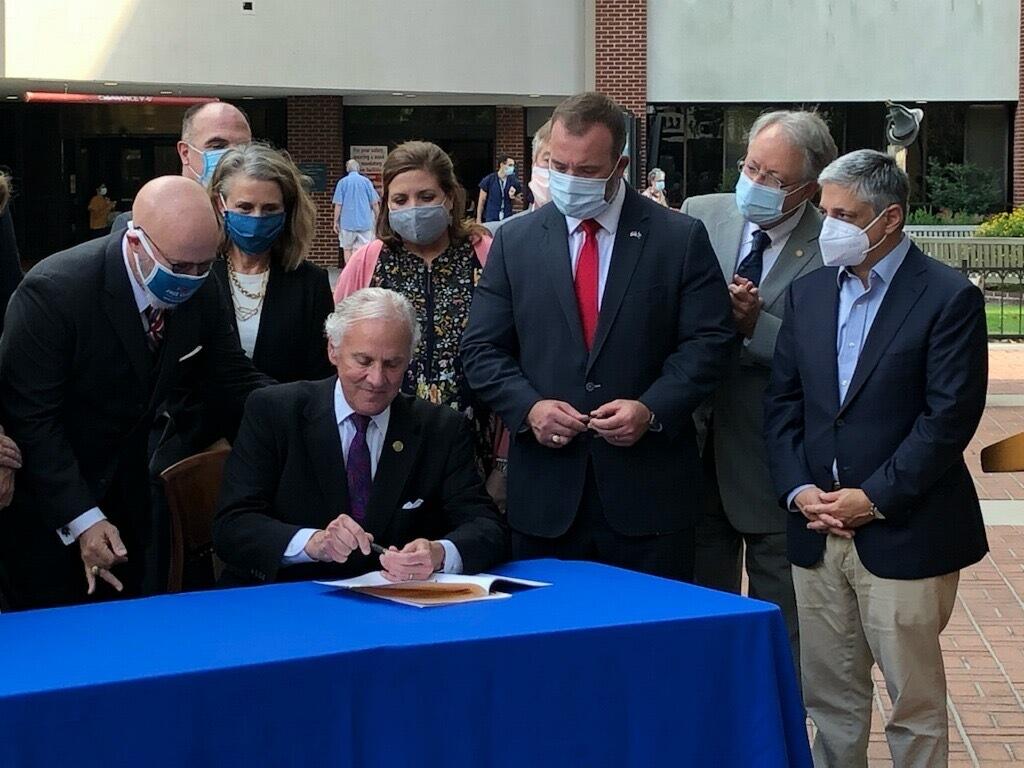
Program Highlight
Throughout the year, Audubon staff and members regularly engage local, state, and federal elected officials to advance pragmatic, bipartisan policies that protect the interests of birds and people. During the most recent two-year legislative session, Audubon worked closely with Gov. Henry McMaster, legislative leadership and conservation partners to ensure passage of the Disaster Relief and Resilience Act. Passed during a special legislative session in September, the bill includes funding and direction for comprehensive, statewide resiliency planning and preparation.
Audubon applauds the bill’s emphasis on nature-based solutions for flood mitigation, which is often the most cost-effective approach to protecting both vulnerable communities and wildlife habitat – in particular, its establishment of a revolving loan fund to aid in the voluntary relocation of homeowners saddled with repetitively flooded properties, while incentivizing the return of those flooded properties back to a natural state that can then in turn provide flood mitigation and wildlife habitat. We look forward to working with these same partners to secure and direct funding for these efforts and the important on-the-ground natural infrastructure projects they will support.
Audubon South Carolina 2020: By the Numbers
- 1.3 million tons of carbon, or the equivalent of the annual emissions of 280k cars, sequestered to date by Audubon South Carolina’s Beidler Forest carbon bank
- 30,000 acres of South Carolina land protected, restored and managed using bird and climate-friendly forestry practices
- 15,000 South Carolina landowners engaged or educated on bird and climate-friendly forestry practices
- More than 6,000 students educated in-person and online
- More than 300 trained volunteers educating beachgoers and protecting vital nesting habitat at 14 sites across 40% of South Carolina’s barrier islands
- 70 birds banded as part of our Painted Bunting and Monitoring Avian Productivity and Survivorship research programs
- 31 hunting and fishing clubs that help steward our lands
- More than 10 miles of public walking trails between our two centers
- 5 Motus Wildlife Tracking towers operating in state, detecting nearly 200 tagged birds in 2020
- 5 Red-cockaded Woodpecker artificial nest cavities installed at Silver Bluff Audubon Center and Sanctuary
- 3 bird-friendly policy wins on clean energy and resilience
- 2 transformational gifts in support of work at our Silver Bluff and Beidler Centers and Sanctuaries, including a generous multi-year contribution from Drs. Bill Kee and Frank Lee
- 2 new leadership roles for Executive Director Justin Stokes, who was appointed as the inaugural chairperson of the Lowcountry Land Conservation Partnership and a member of the Governor’s Mansion and Lace House Commission

